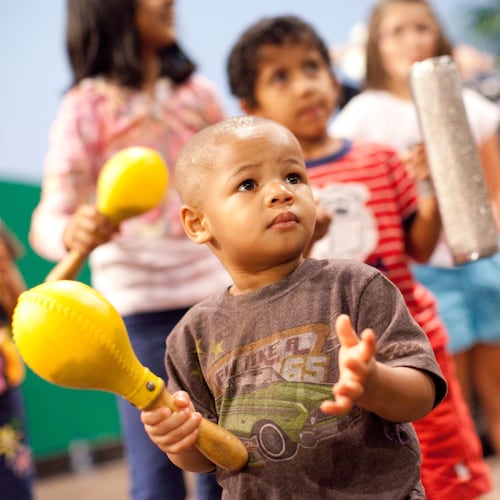You’ll get no argument from most people — especially on a cold winter’s night — that hugs make you feel warm inside.
But can that good feeling protect your health?
Over the past decade or so, researchers have sought to explain the positive effects credited to the nonverbal gesture of human connection. It comes alongside research that says chronic stress is linked to shorter lifespans, higher rates of heart disease and diabetes, depression and less effective immune systems.
The science takes two points of view: Hugs as a method of social support, buffering the body from stress, and hugs as a physiological experience that lowers blood pressure and levels of the stress hormone, cortisol.
Noted psychologist Sheldon Cohen of Carnegie Mellon University has led new research that reports people who experience high levels of social support and frequent hugs were protected from a higher risk of getting sick when under stress. Published recently Psychological Science, the 404 subjects in the study — healthy people who were exposed to flu and cold viruses — were monitored for 14 days for times of stress with other people, number of hugs and amount of viral antibodies in their blood (a sign of virus infection), and any mild or severe symptoms of illness.
Since the mid-’80s, research by Cohen and others reported on the ways a social network can help a person cope with life’s stressful events, including interpersonal conflicts. By 1999, research found that people who had stress from conflict with other people and were exposed to the common cold virus had a higher risk of being infected. The first part of the latest CMU study was begun in 2000.
“Our interest has been historically in social support,” said Cohen. “Our lab and others have developed a lot of evidence that in people who have strong social support networks, their network will buffer them from the effects of stress. Less known is how that happens; how social support is conferred to people.” Generally, the CMU psychologist explained, the amount of social support for a person has been measured by asking people what support they have, not in what people do to show this support. In the recent CMU study, hugs were considered markers of close interpersonal relationships.
“In times of stress and conflict, that’s when support from people in your life is important,” Cohen said. “It may make less difference in other times in your life.”
“Overall, other studies about nonsexual touch (have found) it can buffer acute physiological markers of stress,” he said. “We wondered if it would work in the real world.”
The journal article says participants with low levels of social support and more frequent interpersonal tension and conflict were found to have a greater likelihood of being infected after exposure to a virus. Both social support and hugs seemed to offset the negative effect of tension and conflict in being susceptible to getting sick.
In the camp pursuing the study of the body’s physiological responses to touch is Tiffany Field, director of the Touch Research Institute at the University of Miami School of Medicine. She said there is already well-known published research showing that massage can improve the body’s immune responses.
But Field was cautious about the CMU study design.
“It’s an amazing study,” she said, referring to the multiple blood samples taken and the steps to infect people with flu and cold viruses. “We can’t draw blood from people who aren’t ill,” she said, wondering how difficult it would be to get a university’s institutional review board to approve a similar study today. She sits on her university’s review board.
Cohen explained the study went through a rigorous review beforehand, and the human subjects had to be in near-perfect health.
In the most recent study, 315 of the 404 participants became infected with the virus they were exposed to — 78 percent. Of those, 127 had enough extra mucus and nasal congestion to be considered clinically sick. There were far more days with hugging, a median of 68 percent, than days with interpersonal tension or conflict, a median of 7 percent.
Field disagreed with the study’s finding that stress was buffered by hugging and social support because she saw no evidence that stress caused infection, or that there was much helpful effect from hugging. Neither stress nor hugs seemed to affect the extent of illness, she said.
Cohen said the statistical interactions of the CMU study are complex, but he theorized that because there were few days reported with conflict, and many hugs on days without conflict, perhaps they were giving protection from the stress that came on a day with conflict.
So, should we be hugging more?
“We’re not ready to give advice,” said Cohen, who continues to look in detail on people’s behaviors in providing support to other people. “Our studies are different than the real world. We control for the exposure to the virus. … In the real world, there is no controlling exposure.
“If you’re giving hugs during the flu season, you’re increasing your exposure.”
We consider ourselves warned.
About the Author
Keep Reading
The Latest
Featured

